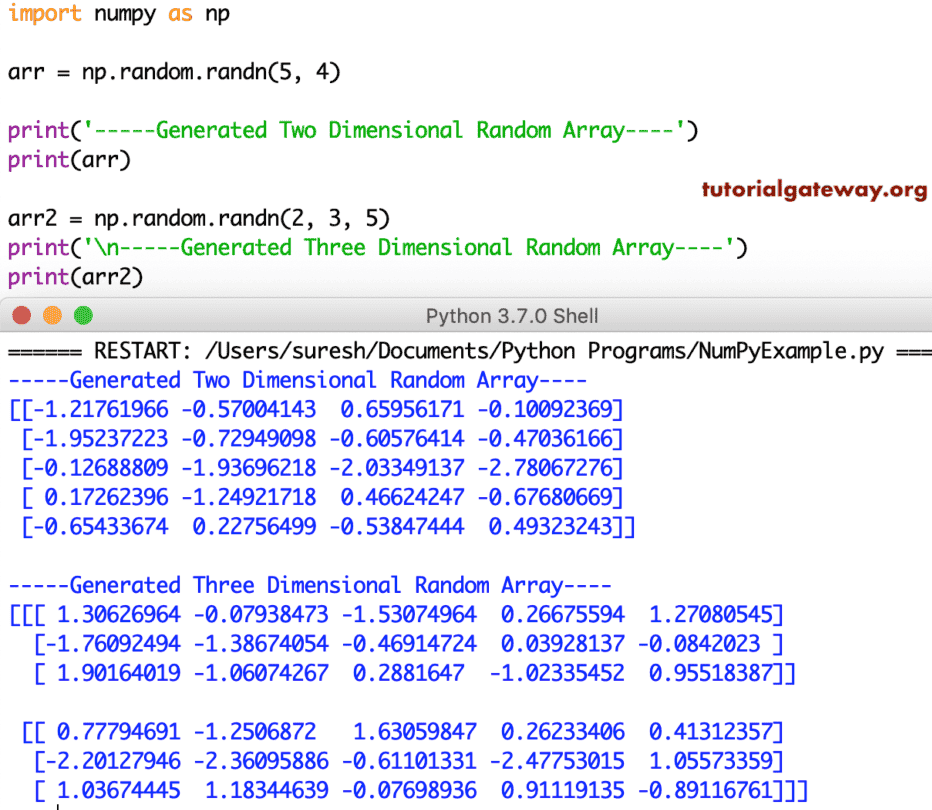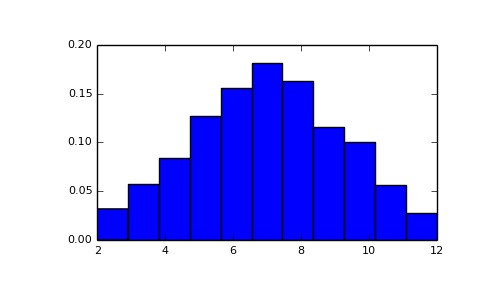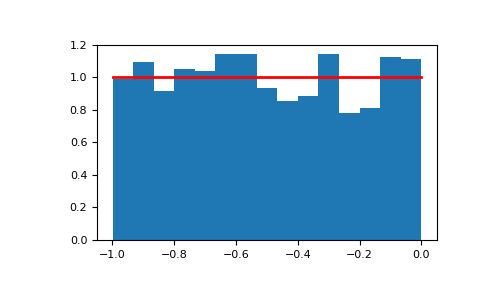

You can use any of the functions according to your choice and your requirement in the program. We have also explained all the ways by which we can use the numpy random normal() with the help of examples explained in detail. We have discussed the definition, syntax, parameter, and return value of the function. In this tutorial, we have learned about the concept of the numpy random normal() function.

Array values are so many as the size is 50.Then, we will apply the function with all the parameters and print the output.Then, we will import pyplot as plt from the matplotlib library.Output = np.random.normal( 0.0, 1.0, size = 50 )Ĭount, bins, ignored = plt.hist( output, 100) Let us look at the example for understanding the concept in detail. After that, we will make a histogram with the help pyplot library and print the graph. Then, we will apply the random.normal() function with all the parameters and print the output. In this example, we will import the numpy library and pyplot library. Graphical representation of numpy random normal() function Hence, you can see the output with all the parameters.Loc means the mean value of the random values chose from the function.scale means the standard deviation of the values chosen from the function.Then, we will be applying the function with scale = 5.0, loc = 2, and size = 6 as the parameter.Output= np.random.normal(scale = 5.0, loc = 2, size =6) Then, we will apply the random.normal() function with loc = 5 as the parameter and see the output as the mean of the array’s random values. In this example, we will import the numpy library. Hence, you can see the output of both methods.Then, we will take size as the tuple values and print the output.Size means the number of values in the array.Then, we will apply the function with size = 5 as the parameter.Firstly, we will be importing the numpy library with an alias name as np.So the output will come as the array of size = 5, and for tuple 2, rows and columns will create a multidimensional array as the output. Then, we will apply the random.normal() function with size = 5 and tuple of 2 and 6 as the parameter. In this example, we will be importing the numpy library. Here, we will be discussing how we can write the random normal() function from the numpy package of python. Examples of numpy random normal() function This function’s return value is the array of defined shapes filled with random values of normal distribution/gaussian distribution. It specifies the shape of the resultant array. Input is like an integer or a tuple of integer. It specifies the standard deviation or the flatness of the distribution graph should like. Input is like an array-like or a float value. It specifies the mean of the distribution. Syntax of Numpy Random normal() (loc = 0.0, scale = 1.0, size = None) Parameters of Numpy Random normal() The other name of this distribution is a bell curve because of its shape. The Numpy random normal() function generates an array of specified shapes and fills it with random values, which is actually a part of Normal(Gaussian)Distribution.

Graphical representation of numpy random normal() function.Examples of numpy random normal() function.What is Numpy Random normal() function?.


 0 kommentar(er)
0 kommentar(er)
